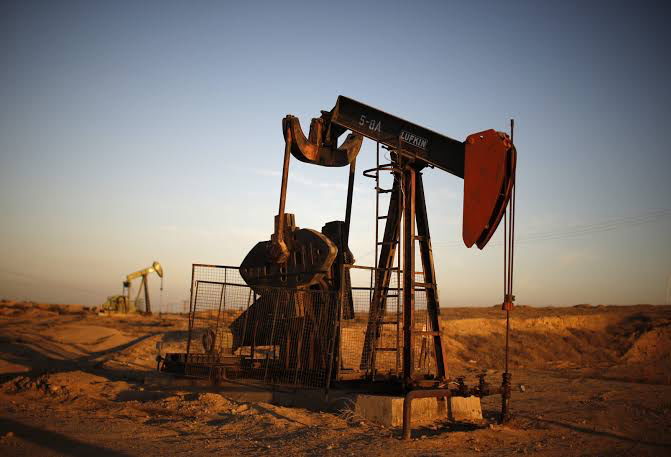The price of oil has risen over 1% in Asian trade on Monday, supported by lower exports from Russia and as attacks by the Houthi rebels on ships in the Red Sea raised concerns of oil supply disruption.
Russia, one of the world’s biggest oil exporters, said on Sunday it would deepen oil export cuts in December by potentially 50,000 barrels per day or more, earlier than promised, as it tries to support global oil prices.
This comes after Moscow suspended about two-thirds of loadings of its main export grade Urals crude from ports due to a storm and scheduled maintenance on Friday.
Meanwhile, shipping firms, including the world’s biggest container shipping lines MSC and A.P. Moller-Maersk, said over the weekend that they would avoid the Suez Canal as Houthi militants in Yemen stepped up their assaults on commercial vessels in the Red Sea.
Bab al-Mandab is one of the world’s most important routes for global seaborne commodity shipments, particularly crude oil and fuel from the Gulf bound westward for the Mediterranean via the Suez Canal or the nearby SUMED pipeline, as well as commodities heading eastward for Asia, including Russian oil.
The impact of these factors on the oil market was evident in the rise of Brent crude futures, which was last up 63 cents, or 0.8%, to $77.18 a barrel by 0730 GMT, while U.S. West Texas Intermediate crude was at $72.04 a barrel, up 61 cents, or 0.9%.
The Outlook for Oil Demand
The increase in oil prices also reflects the optimism about the outlook for oil demand, as the global economy recovers from the pandemic-induced slump.
Last week, the U.S. Federal Reserve signaled that it was nearing the end of its bond-buying program and that it could raise interest rates sooner than expected, in response to rising inflation and strong economic growth.
This boosted the U.S. dollar, which makes oil more expensive for buyers using other currencies, but also indicated that the U.S. economy, the world’s largest oil consumer, was on a solid footing.
The International Energy Agency (IEA) also raised its forecast for oil demand growth in 2023, citing the rapid rollout of vaccines and the easing of travel restrictions in many countries.
According to a report by Reuters, the IEA said it expected oil demand to increase by 5.7 million barrels per day (bpd) in 2023, up from its previous estimate of 5.4 million bpd.
However, the agency also warned that the oil market could face some challenges in the coming months, as the supply of crude from the Organization of the Petroleum Exporting Countries (OPEC) and its allies, known as OPEC+, remains constrained by their output agreement.
OPEC+ agreed in July to gradually increase production by 400,000 bpd each month until December, but some members have struggled to meet their quotas due to technical issues or political instability.
The IEA said that OPEC+ would need to pump more oil in the first half of 2023 to prevent a supply shortfall and a further spike in prices.
The agency also cautioned that the oil market could face some downside risks from the emergence of new variants of the coronavirus, which could hamper the recovery of oil demand, especially in the aviation sector.
The Hope for A Balanced Market
Despite the uncertainties and volatility in the oil market, some analysts and industry experts are hopeful that the market will achieve a balance between supply and demand soon, as producers and consumers adjust to the changing conditions.
They also point out that the high oil prices could incentivize more investment in alternative energy sources, such as renewable and nuclear power, which could reduce the dependence on fossil fuels and help combat climate change.
According to the IEA, the share of low-carbon energy sources in the global energy mix is expected to increase from 27% in 2020 to 35% in 2023, driven by the growing adoption of solar, wind, hydro and nuclear power.
The agency also said that the global carbon dioxide emissions from the energy sector are projected to decline by 8% by 2023, compared to the pre-pandemic level in 2019.
Therefore, the current surge in oil prices could be seen as a temporary phenomenon, rather than a long-term trend, that could pave the way for a more sustainable and resilient energy system in the future.



